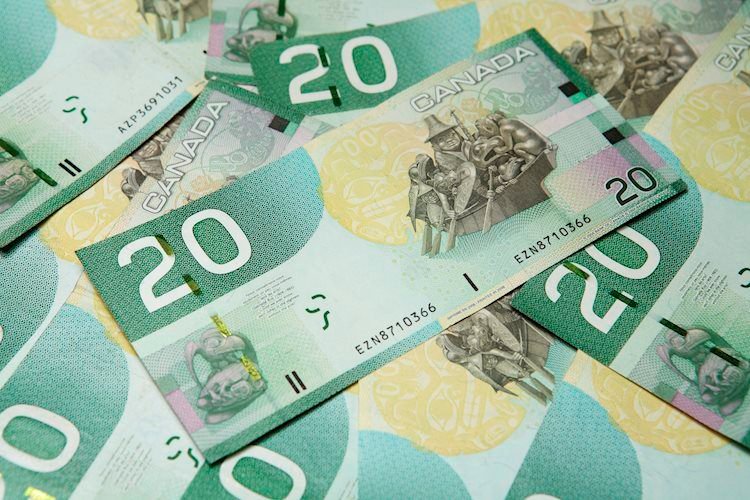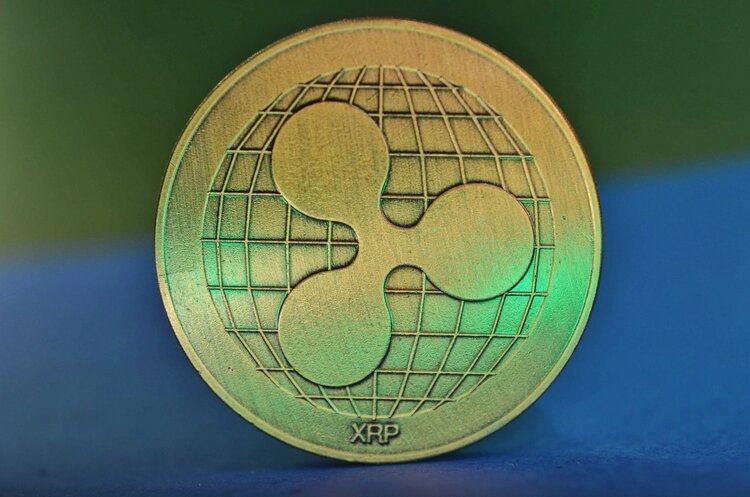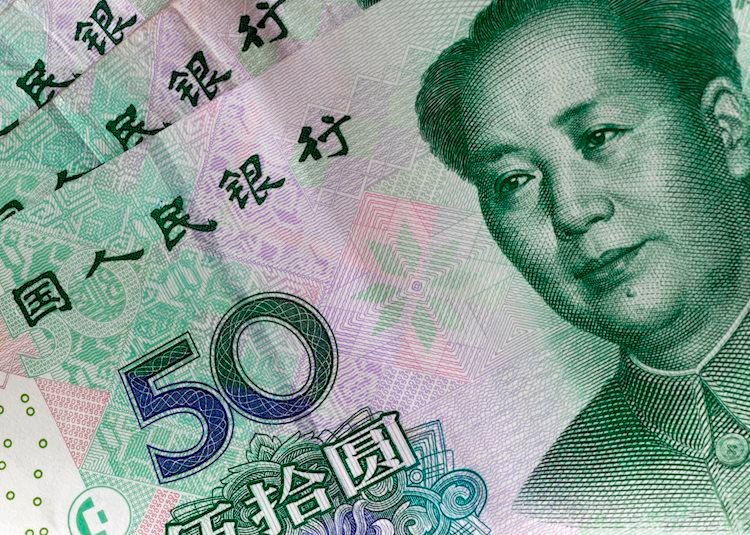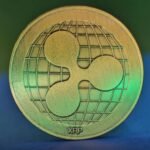Here is what you need to know on Wednesday, April 3:
The US Dollar (USD) lost its strength following the bullish action seen on Monday and the USD Index closed in negative territory on Tuesday. On Wednesday, Eurostat will release the preliminary Harmonized Index of Consumer Prices (HICP) data for March. Later in the day, the US economic calendar will offer ADP Employment Change and the ISM Services PMI reports for March. During the American trading hours, Federal Reserve Chairman Jerome Powell will speak on the economic outlook at the Stanford Business, Government, and Society Forum.
US Dollar price this week
The table below shows the percentage change of US Dollar (USD) against listed major currencies this week. US Dollar was the strongest against the Swiss Franc.
| USD | EUR | GBP | CAD | AUD | JPY | NZD | CHF | |
| USD | 0.21% | 0.50% | 0.38% | 0.27% | 0.15% | 0.23% | 0.79% | |
| EUR | -0.21% | 0.28% | 0.18% | 0.07% | -0.06% | 0.01% | 0.56% | |
| GBP | -0.50% | -0.29% | -0.11% | -0.22% | -0.36% | -0.27% | 0.28% | |
| CAD | -0.38% | -0.17% | 0.10% | -0.11% | -0.24% | -0.17% | 0.39% | |
| AUD | -0.28% | -0.06% | 0.22% | 0.10% | -0.13% | -0.06% | 0.51% | |
| JPY | -0.16% | 0.08% | 0.33% | 0.26% | 0.14% | 0.05% | 0.62% | |
| NZD | -0.24% | -0.01% | 0.25% | 0.17% | 0.06% | -0.08% | 0.54% | |
| CHF | -0.77% | -0.55% | -0.27% | -0.38% | -0.49% | -0.62% | -0.54% |
The heat map shows percentage changes of major currencies against each other. The base currency is picked from the left column, while the quote currency is picked from the top row. For example, if you pick the Euro from the left column and move along the horizontal line to the Japanese Yen, the percentage change displayed in the box will represent EUR (base)/JPY (quote).
US Treasury bond yields continued to push higher on Tuesday and major equity indexes turned south after the opening bell. Despite these developments, the USD struggled to outperform its rivals as market participants started to adjust their positions ahead of key data releases. Early Wednesday, the 10-year yield holds comfortably above 4.3% and US stock index futures trade modestly lower. Meanwhile, the USD Index stays in a consolidation phase below 105.00 after losing 0.2% on Tuesday.
EUR/USD gathered recovery momentum on Tuesday and erased a large portion of Monday’s losses. Early Wednesday, the pair fluctuates in a narrow range below 1.0800.
Eurozone Inflation Release: Lower price pressures could weigh on the Euro.
GBP/USD closed modestly higher on Tuesday and stabilized above 1.2550 in the European session on Wednesday.
USD/JPY registered marginal losses on Tuesday but remained within the extremely narrow trading channel above 151.50.
Japanese Yen struggles for firm near-term direction amid mixed fundamental cues.
Gold extended its winning streak into a sixth consecutive day on Tuesday and closed at a new record high above $2,280. XAU/USD holds steady near all-time highs early Wednesday.
Gold price consolidates recent strong gains to record peak, bullish potential seems intact.
AUD/USD posted modest gains on Tuesday and went into a consolidation phase above 0.6500 midweek.
Australian Dollar moves back and forth amid firmer US Dollar, ISM Services PMI eyed.
Inflation FAQs
Inflation measures the rise in the price of a representative basket of goods and services. Headline inflation is usually expressed as a percentage change on a month-on-month (MoM) and year-on-year (YoY) basis. Core inflation excludes more volatile elements such as food and fuel which can fluctuate because of geopolitical and seasonal factors. Core inflation is the figure economists focus on and is the level targeted by central banks, which are mandated to keep inflation at a manageable level, usually around 2%.
The Consumer Price Index (CPI) measures the change in prices of a basket of goods and services over a period of time. It is usually expressed as a percentage change on a month-on-month (MoM) and year-on-year (YoY) basis. Core CPI is the figure targeted by central banks as it excludes volatile food and fuel inputs. When Core CPI rises above 2% it usually results in higher interest rates and vice versa when it falls below 2%. Since higher interest rates are positive for a currency, higher inflation usually results in a stronger currency. The opposite is true when inflation falls.
Although it may seem counter-intuitive, high inflation in a country pushes up the value of its currency and vice versa for lower inflation. This is because the central bank will normally raise interest rates to combat the higher inflation, which attract more global capital inflows from investors looking for a lucrative place to park their money.
Formerly, Gold was the asset investors turned to in times of high inflation because it preserved its value, and whilst investors will often still buy Gold for its safe-haven properties in times of extreme market turmoil, this is not the case most of the time. This is because when inflation is high, central banks will put up interest rates to combat it. Higher interest rates are negative for Gold because they increase the opportunity-cost of holding Gold vis-a-vis an interest-bearing asset or placing the money in a cash deposit account. On the flipside, lower inflation tends to be positive for Gold as it brings interest rates down, making the bright metal a more viable investment alternative.


























